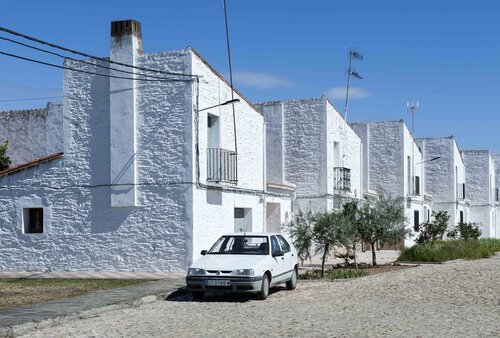
The invisible villages: Up-to-date Images of Settlement in Spain
##plugins.themes.immersion.article.figure##

Abstract
The role played by photography in the creation of icons as well as in the dissemination of architecture has been fundamental since the early days of the Modern Movement. Both iconic Kindel’s images of settlement villages in Spain and other archival photographs —created during Franco´s dictatorship for greater propaganda purposes— sparked our curiosity and instilled in us the necessity to see with our own eyes those architectures which have remained not only unknown for a non-specialised public, but also somehow invisible outside strictly academic realms. Urban planners that would later become key figures in the Spanish architecture of modernity carried out these innovative, experimental projects on the basis of the observation of the popular and the anonymous, consciously departing from the grandiose rhetoric of the time. We believe it is necessary to examine what has become of the INC’s colonisation programme, and thus highlight a fundamental episode in our recent history which brought about the main migratory movement in 20th-century Spain. Such a task seems to us particularly significant at this point in time in which architecture is being redefined (as was the case with Spanish architecture in the 50s and the 60s), and sustainability and the social function of architecture are highly topical subjects. In this vein we have revisited these settlements and we have documented, with a contemporary gaze, the legacy left by the construction of a new memory upon the already colonised architecture. It is our aim to make visible and announce such legacy to the general public as well as to its own inhabitants, so that these villages cease to be mirages amidst a transformed landscape.